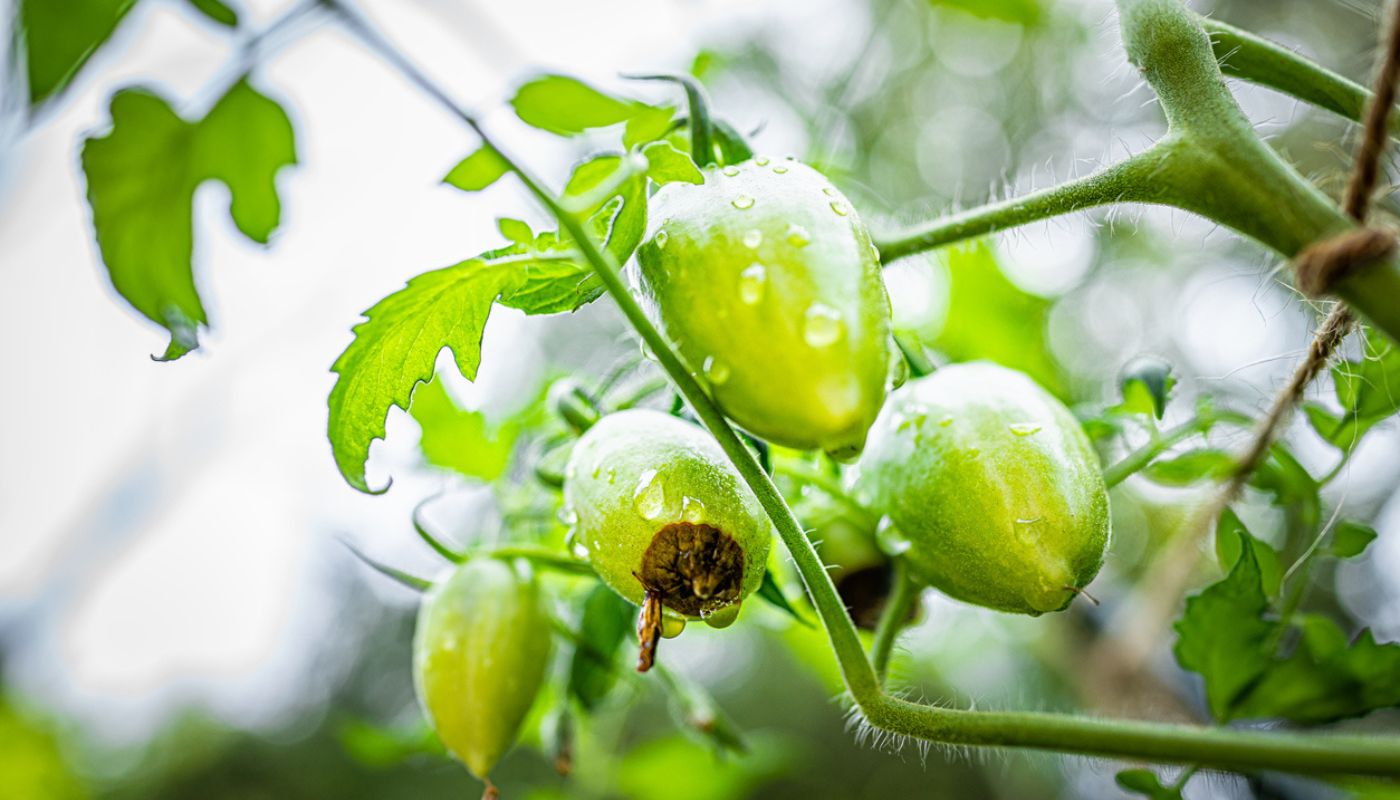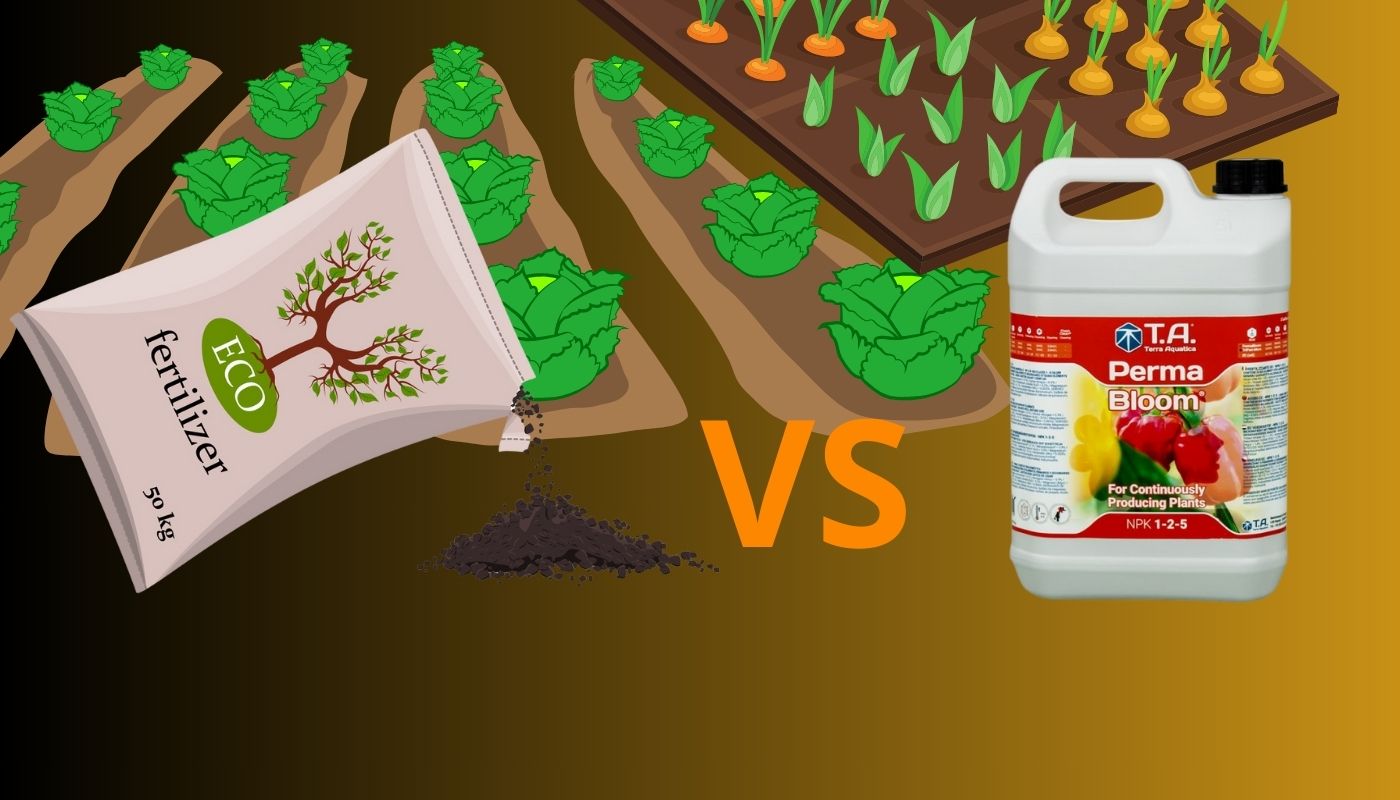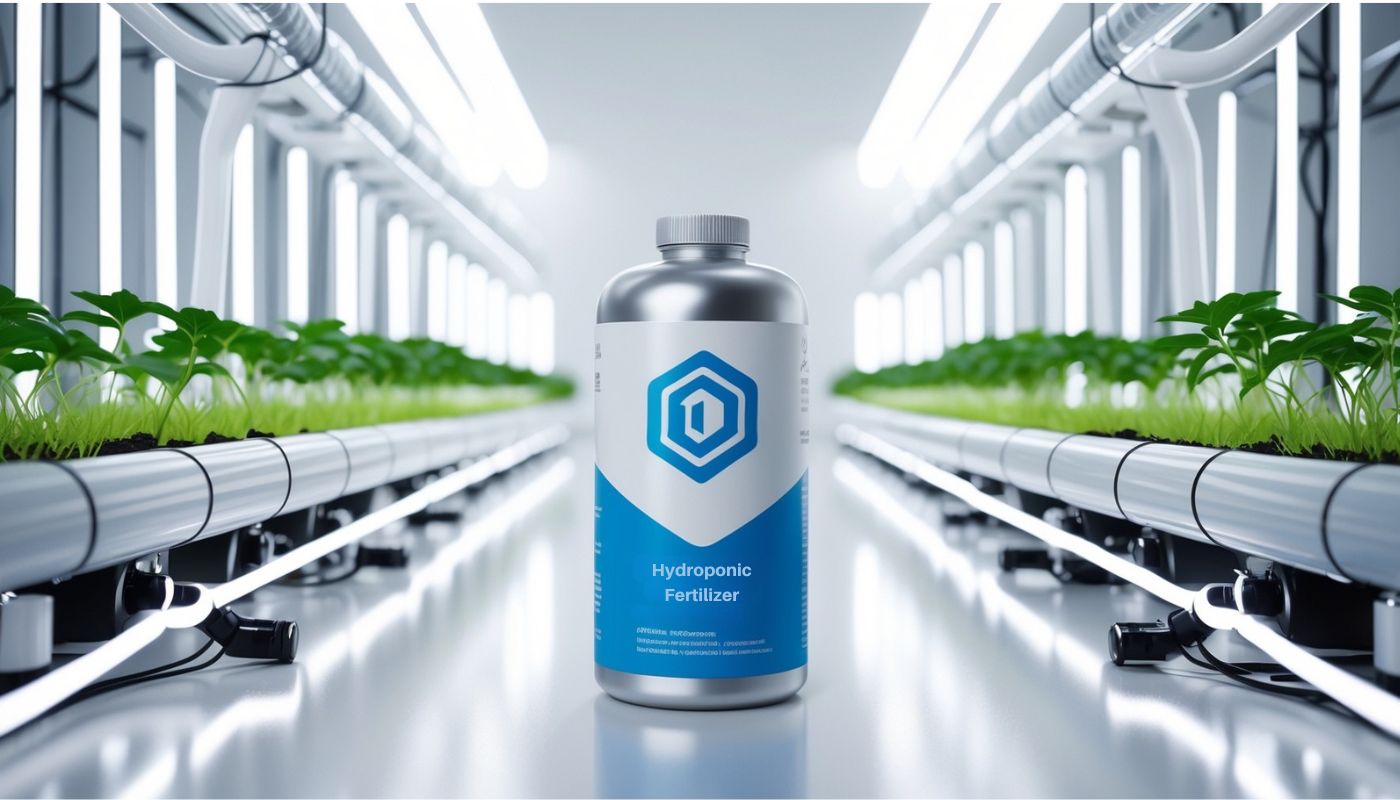
Plants, Fruits, and Vegetables Prone to Calcium Deficiency: How to Identify and Prevent It
Calcium deficiency is a major challenge for gardeners, whether they grow plants indoors or outdoors. Calcium is an essential nutrient for plant growth, playing a key role in cell structure, root development, and regulating biological processes. However, certain conditions, particularly indoor cultivation under LED lighting, increase the risk of deficiencies, which can severely affect plants, vegetables, and fruits.
Symptoms of Calcium Deficiency
The signs of calcium deficiency vary depending on the type of plant:
Indoor Plants
- Brown or necrotic spots on leaves.
- Deformed or crinkled new leaves.
- Overall stunted growth, especially in new shoots.
Vegetables (Tomatoes, Peppers, etc.)
- Blossom-end rot: Dark spots appear at the fruit’s end, commonly seen in tomatoes, zucchinis, and peppers.
- Slow fruit growth and visible deformities.
- Yellowing leaves with scorched edges.
Fruits
- Uneven fruit development.
- Fragile fruits that quickly rot after harvest.
- Cork-like spots on apples or pears.
Causes of Calcium Deficiency
Environmental Conditions
- Irregular watering can restrict calcium uptake by the roots.
- Acidic or low-organic soils often lack available calcium.
Rapid Growth
- Fast-growing plants require more calcium, and any disruption in absorption can quickly result in deficiencies.
Indoor Cultivation with LED Lighting
- LED lights, though excellent for light control, increase the risk of calcium deficiency. Their intensity promotes rapid growth, which can exceed the plant’s nutrient absorption capacity.
- Closed growing environments with limited airflow and high humidity reduce the efficiency of calcium transport within the plant.

Solutions to Prevent Calcium Deficiency
Prevention is crucial, as damage caused by calcium deficiency is often irreversible.
- Regular, Small Calcium Applications
- Intelligent dosing: Apply a small amount of calcium every 1–2 weeks, heavily diluted (e.g., reduce the recommended dose by 4–5 times). This ensures a constant supply without overloading the soil.
- Why this works: A consistent calcium presence allows the plant to access it whenever needed, avoiding critical shortages.
- Calcium-Magnesium Additives (Cal-Mag)
- These products, readily available in garden centers or online, are formulated for immediate plant absorption.
- For coco coir substrates, regular calcium supplementation is essential since this medium tends to lock calcium ions, making them unavailable to plants.
- Ensure Proper Drainage and Consistent Irrigation
- Maintain regular but not excessive watering. Waterlogged soil inhibits root nutrient uptake.
- Soil pH Control
- Maintain a pH level between 6.2 and 6.8 for fruits and vegetables. If the soil is too acidic, adding dolomitic lime can resolve the issue.
Why Prompt Action is Critical
When calcium deficiency becomes visible, time is of the essence. If you need to order a calcium additive online, the plant may already suffer irreversible damage before the product arrives. This is why the preventive methods described above are essential. By maintaining a constant calcium reserve in the soil or substrate, you minimize the risk of severe damage.
Plants Most Prone to Calcium Deficiency
Here is an extended list of plants prone to calcium deficiency:
| Vegetables | Tomatoes, peppers, chilies, lettuce, cabbages, spinach, carrots, zucchinis, eggplants, green beans, broccoli, cucumbers, celery, beets, cauliflower, radishes. |
| Fruits | Apples, pears, strawberries, cherries, citrus fruits (oranges, lemons), grapes, watermelons, melons, apricots, kiwis, mangoes, papayas. |
| Ornamental Plants | Roses, hydrangeas, begonias, azaleas, lilies, orchids, pothos, philodendrons, calatheas, anthuriums, peace lilies, snake plants, ferns. |
| Herbs | Basil, parsley, coriander, mint, thyme, rosemary, sage, oregano, chives, dill. |
Simple Steps for Long-Term Prevention
To avoid calcium deficiency, focus on prevention. Regular, small calcium applications, proper irrigation management, and soil pH monitoring will help ensure your indoor plants, vegetables, and fruits thrive without interruptions.






